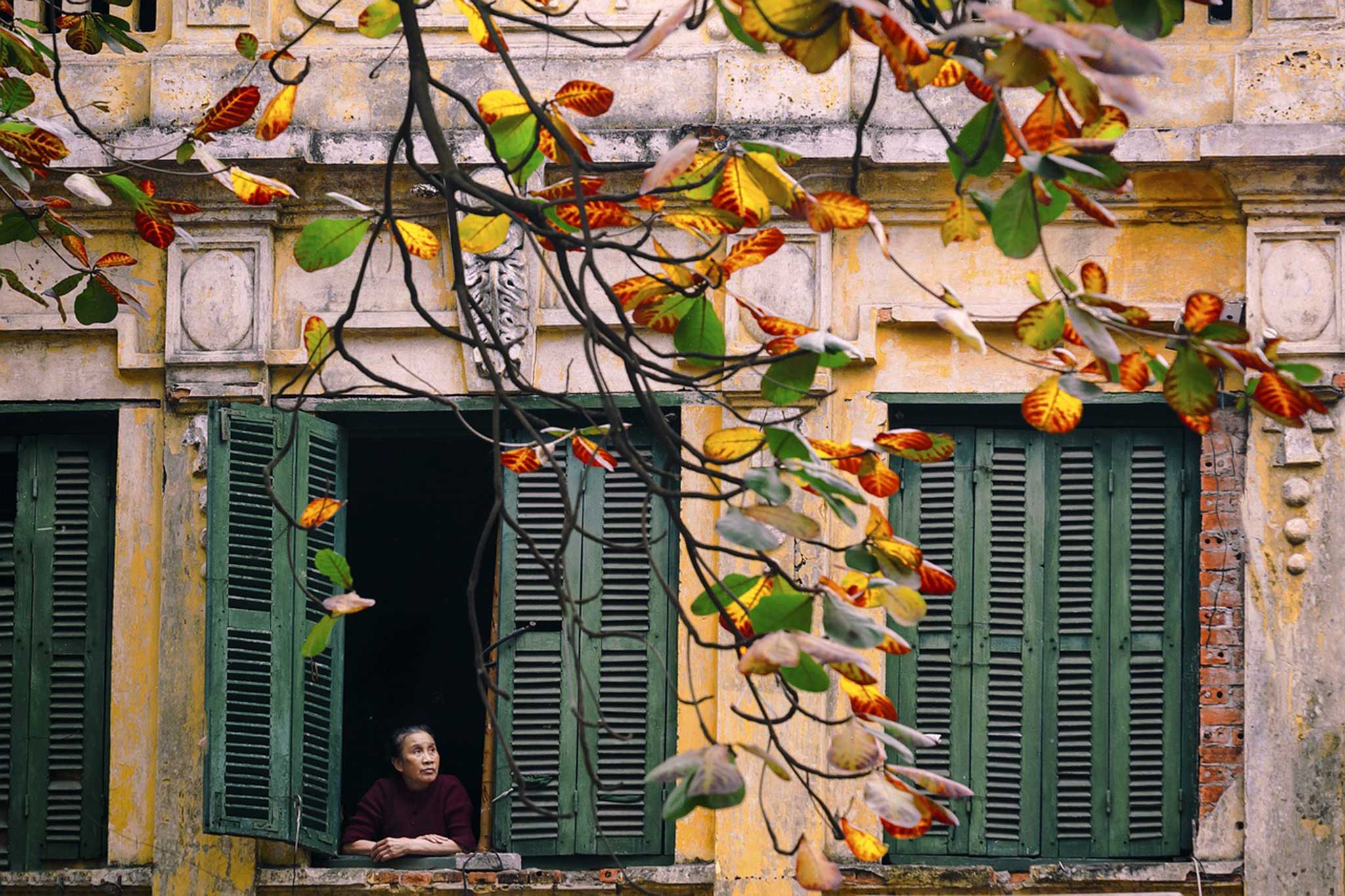Hanoi is the best entry point into Northern Vietnam. Having served as the cultural and historical capital of the country for a thousand years, the bustling city is a contemporary metropolis of ancient secrets tucked down twisting alleyways.
Different from Southern Vietnam that only has 2 seasons, Northern Vietnam and Hanoi enjoy 4 distinct seasons: spring, summer, autumn and winter. Let’s explore the 1000 year-old capital’s ancient beauty through 9 must-see attractions in Hanoi. This city will simultaneously surprise, charm and chew you up.
Ho Chi Minh Mausoleum
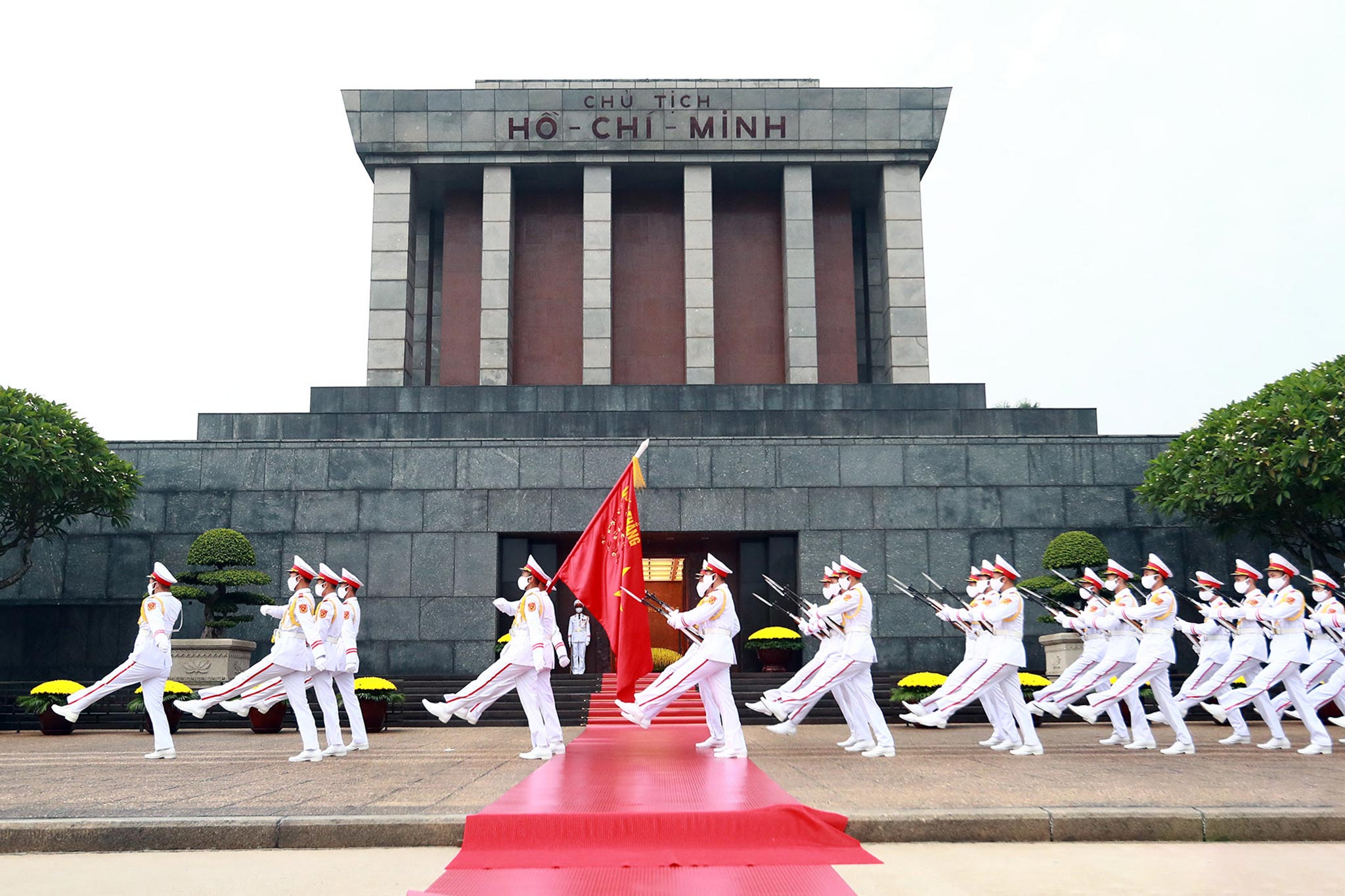
This commanding construction was built from 1973 to 1975 to house the embalmed body of Vietnam’s greatest political leader, Ho Chi Minh. Visitors and Vietnamese queue for hours every morning to pay their respects to him.
Hoan Kiem Lake
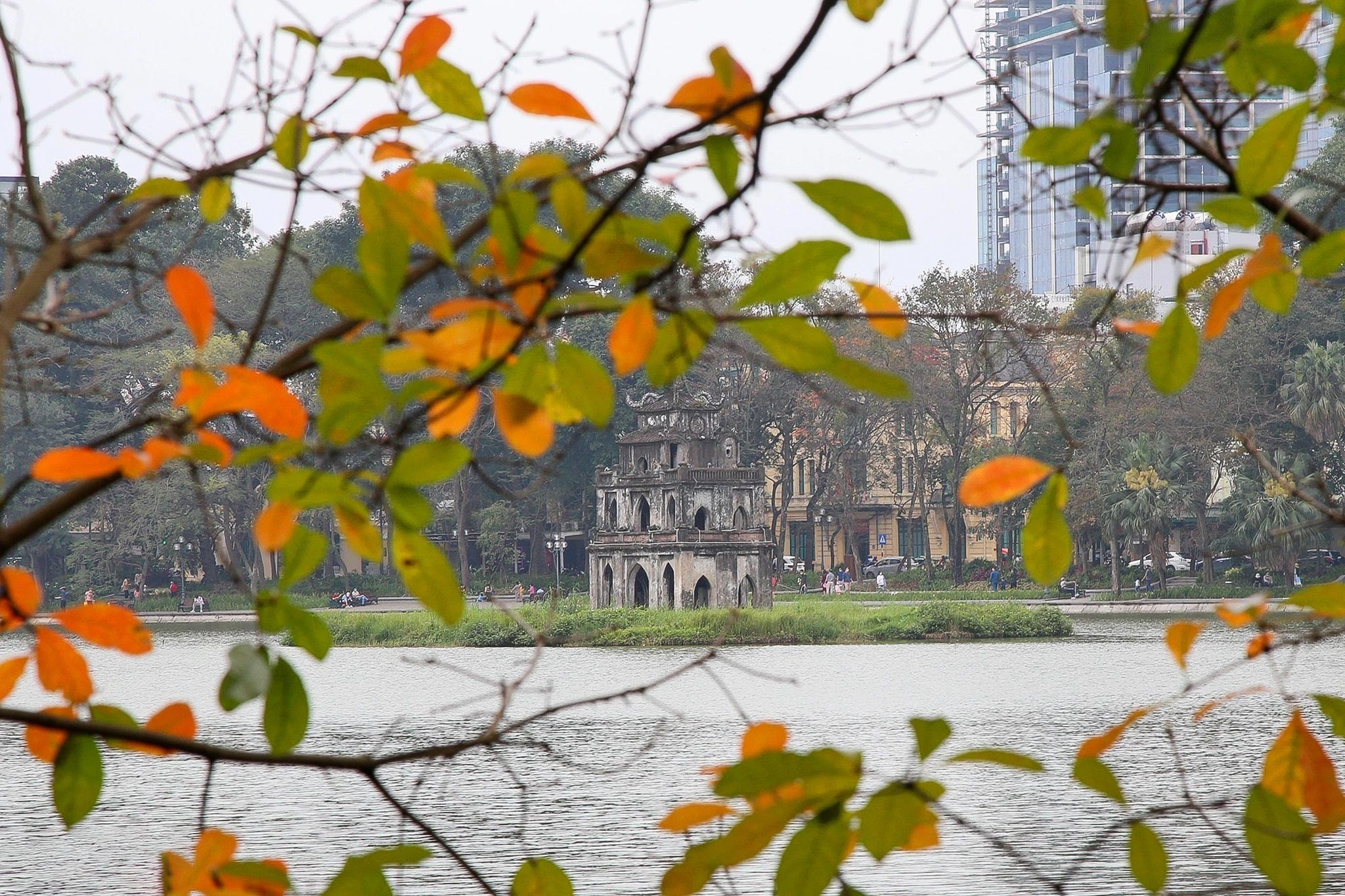
Legend says Emperor Ly Thai To was gifted a magical sword by a giant golden turtle who lived in the lake in order to defeat the Ming dynasty. Once victorious, Ly Thai To gave the sword back to the turtle who dove down to return the sword to the gods. Hoan Kiem Lake is admired for its beauty as well as insight into the daily life of Hanoians. Watch locals practicing their daily exercise and Tai Chi routines in the gardens by the water’s edge.
Ngoc Son Temple
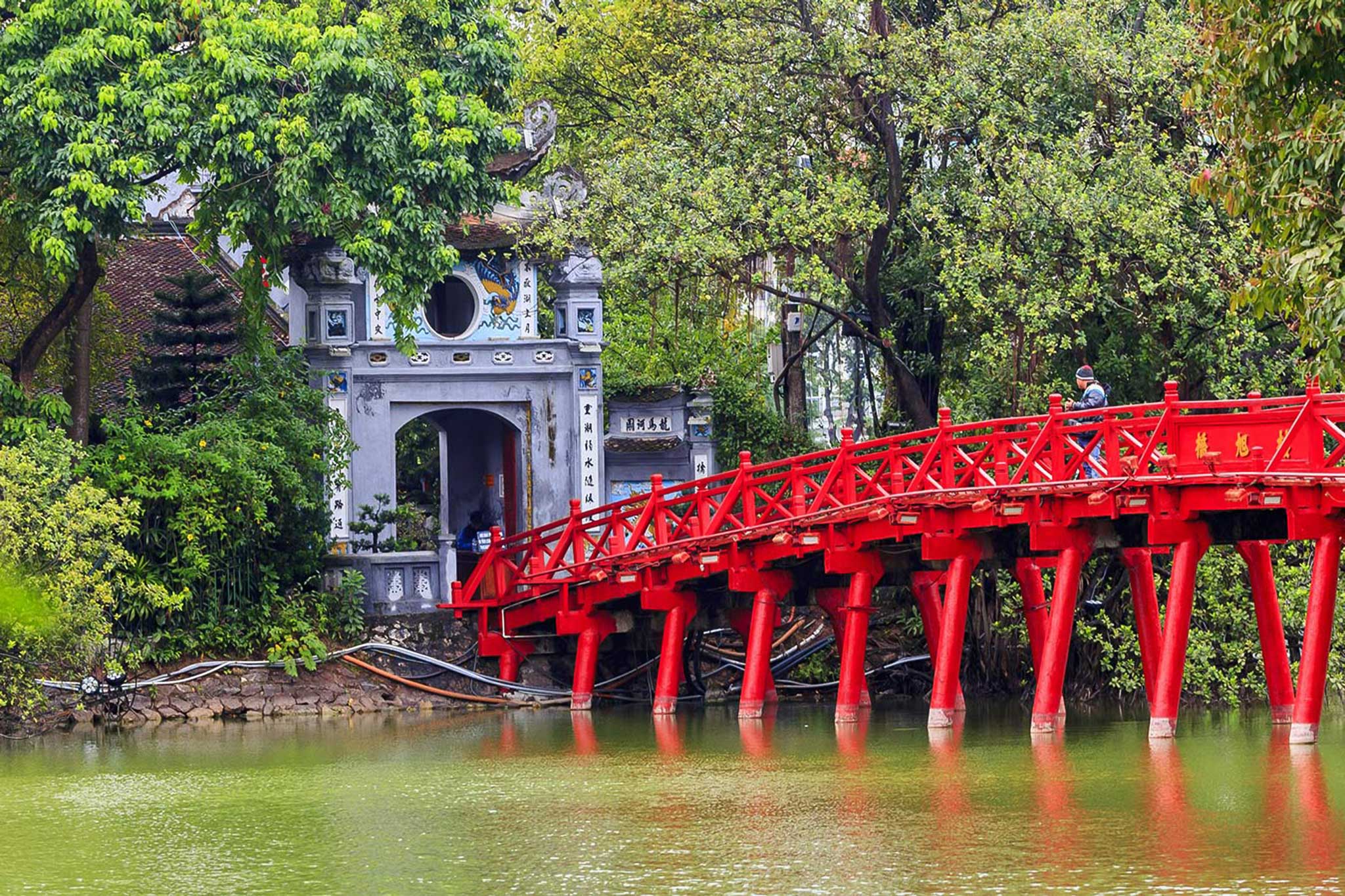
The Ngoc Son Temple, or The Temple of the Jade Mountain, is situated on a small tree-sheltered island on the north side of Hoan Kiem Lake. Connected by a stunning scarlet bridge, this classic Vietnamese structure was built in honour of the intellectual scholar Saint Van Xuong, and national hero General Tran Hung Dao. In 1884, the Confucian scholar made a series of renovations to the site, including adding parallel sentences (câu đối) or word puzzles to the walls.
One Pillar Pagoda
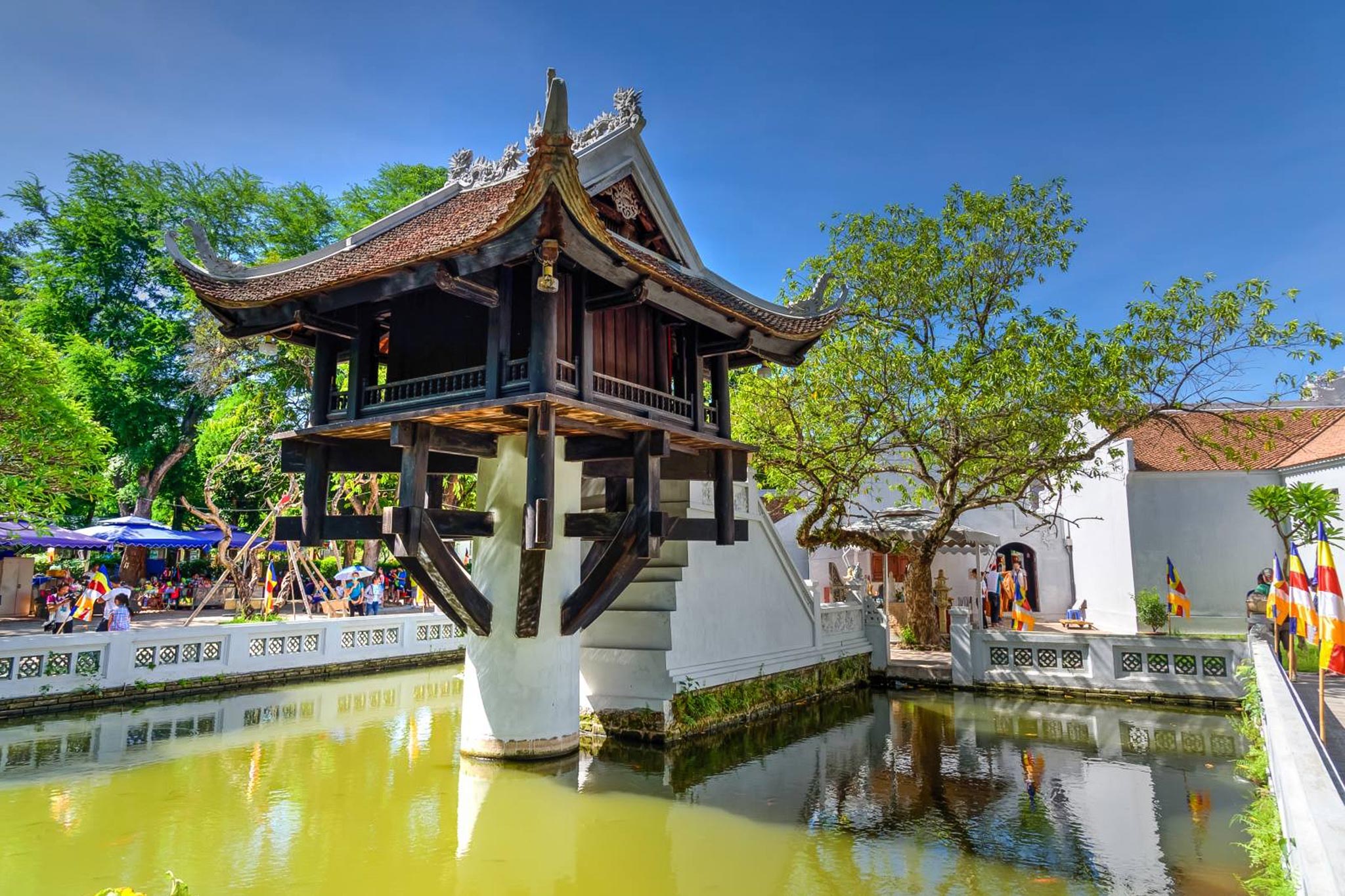
One Pillar Pagoda (Chùa Một Cột) decorated on the pagoda’s column base of the Lý Dynasty is known as one of the symbols of the capital Hanoi. From far away it looked like a giant lotus flower rising out of the pond with the pillar as its stem.
Temple of Literature
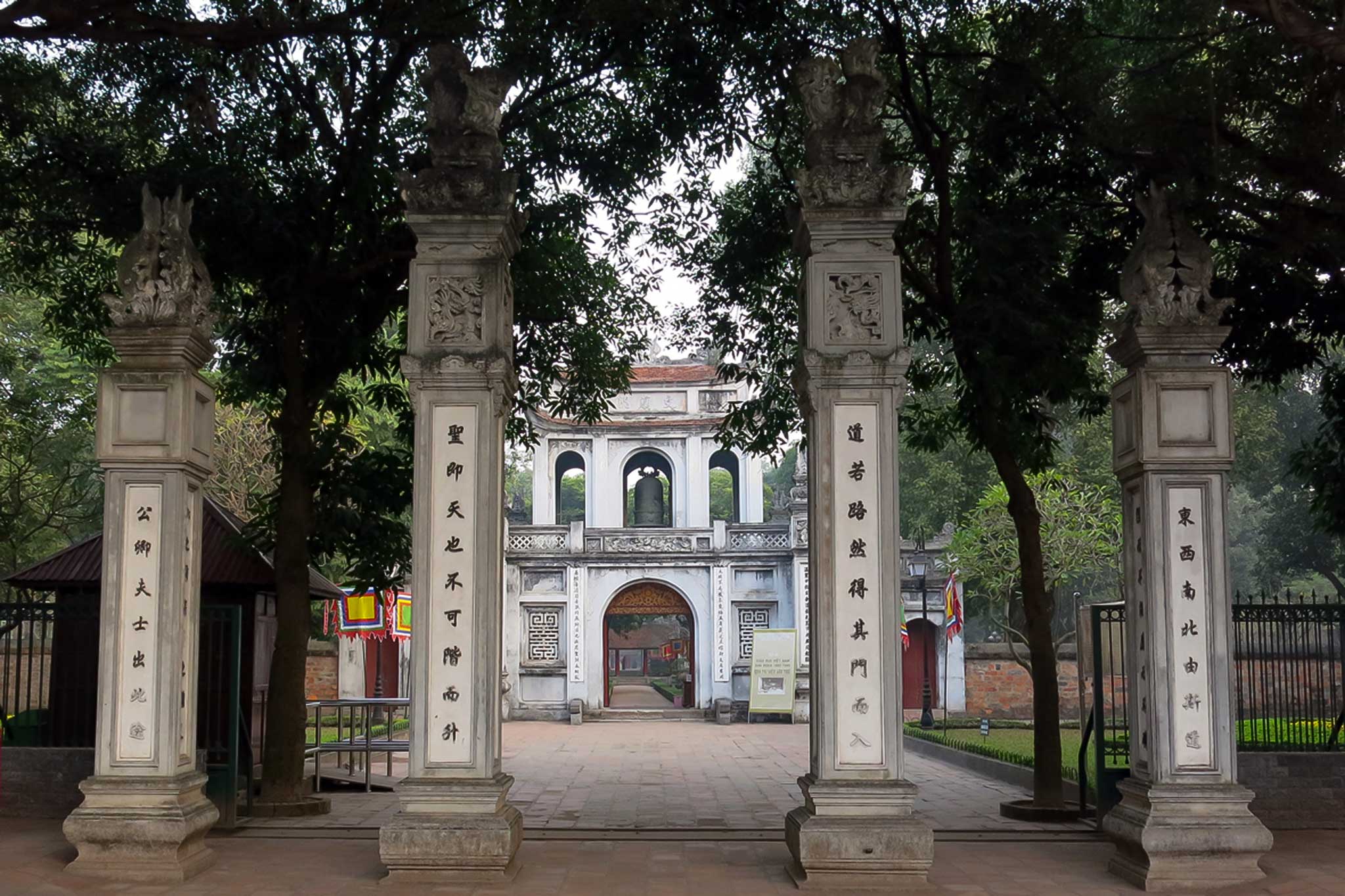
Built by Emperor Ly Thanh Tong during the Ly dynasty, the Temple of Literature (Văn Miếu) was erected in honour of the philosopher Confucius and his disciples in 1070. In 1076, it became home to Hanoi’s first university, Quốc Tử Giám. The site is one of the oldest in Hanoi and a national symbol of Vietnamese education and architecture. Today, the temple houses five courtyards, records of Vietnamese scholars, and statues of turtles which are said to bring students good luck in their exams.
Saint Joseph’s Cathedral

Saint Joseph’s Cathedral (also known as Hanoi Cathedral), was built on the site of the Bao Thien Tower, which was the most famous landmark in the capital during the Ly Dynasty. The architect was inspired by the Neo-Gothic style of the Notre Dame de Paris. When visiting, expect to see a multicultural crowd of worshippers and plenty of Vietnamese newlyweds having romantic photo shoots. The cafes by the Cathedral are a perfect spot to watch the bustle of Hanoi.
The Old Quarter
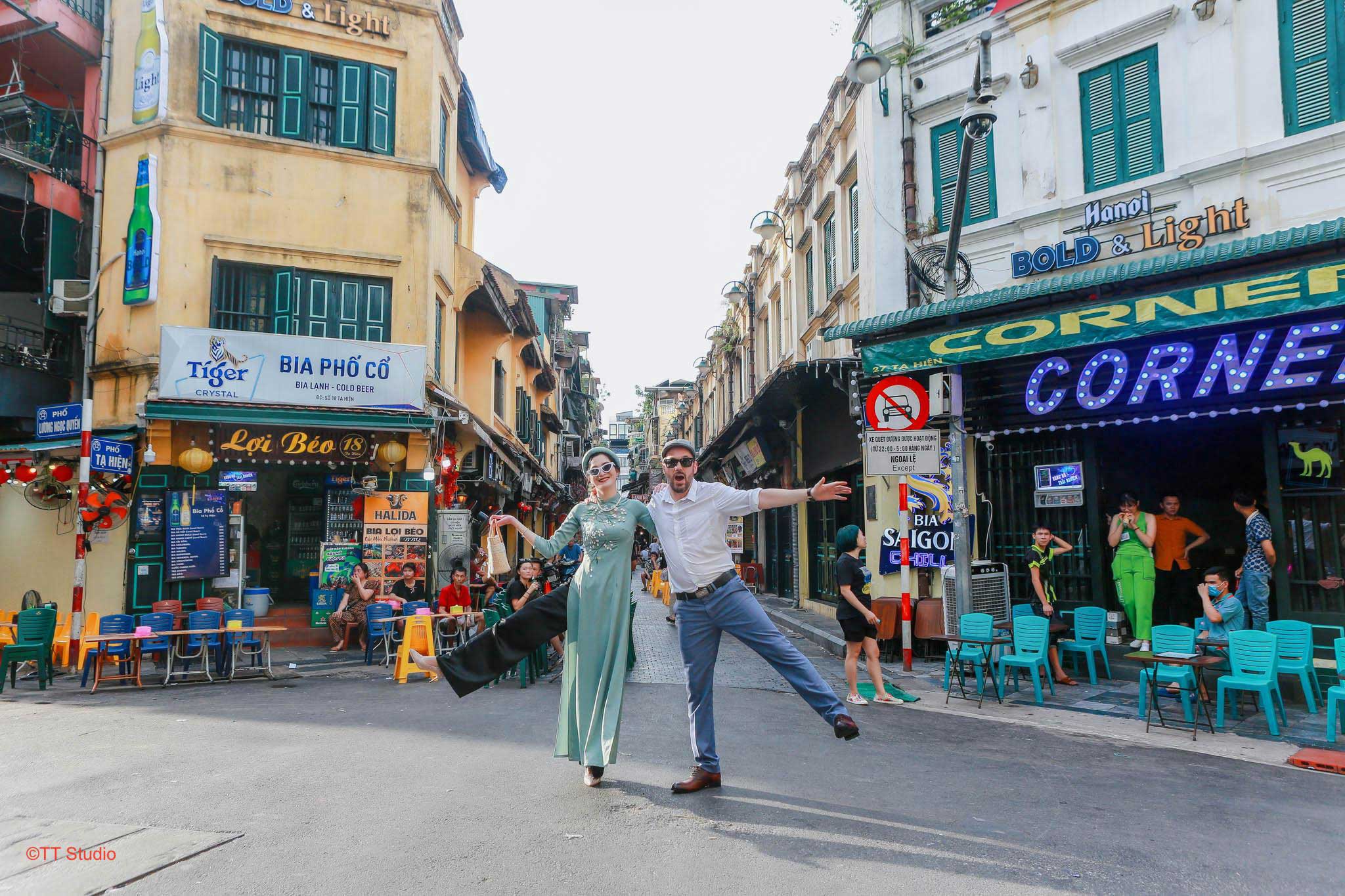
Hanoi’s historic Old Quarter is a single square kilometre comprised of 36 streets. Since the 15th century, each street has been home to artisans and craftsmen who traded in the specific merchandise for which their street was named. Today, the charm of these streets still remains. Prepare to marvel as you wander from silver street to bamboo street, silk street to decoration street, all within a stone’s throw of each other.
At night, head down to beer corner (the intersection between Ta Hien and Luong Ngoc Quyen) to sample sensational street food and bargain brews.
Hanoi Opera House
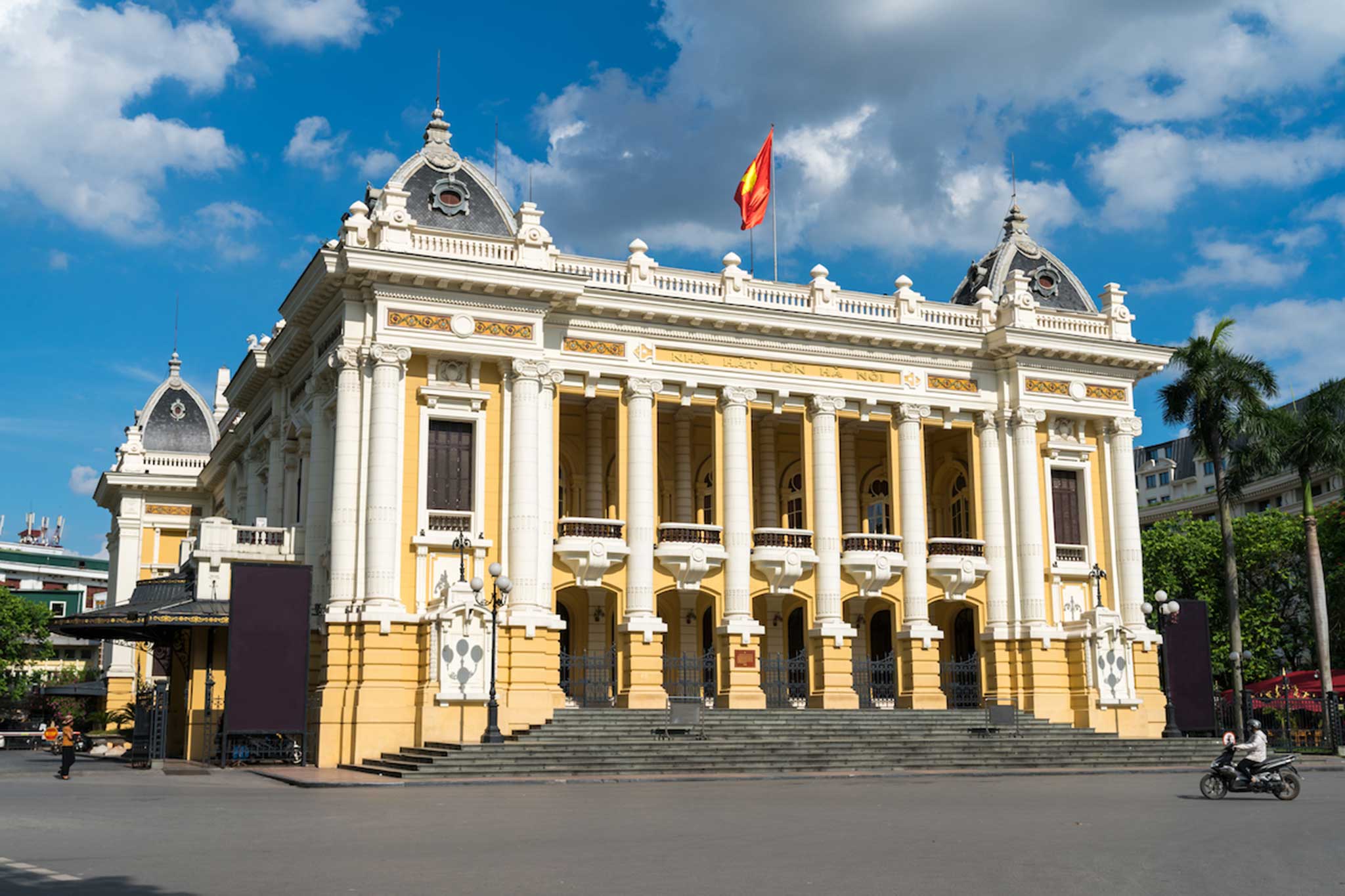
The Opera House is at the edge of Hanoi’s French Quarter, where a few colonial buildings have been well preserved.
Constructed at the turn of the 20th century, this beautiful colonial building is the largest theater in Vietnam. After nearly 100 years of operation, the Opera House was carefully refurbished in 1997 and equipped with state-of-the-art facilities. Today the venue attracts renowned performers, productions and musicians.
Hoa Lo Prison
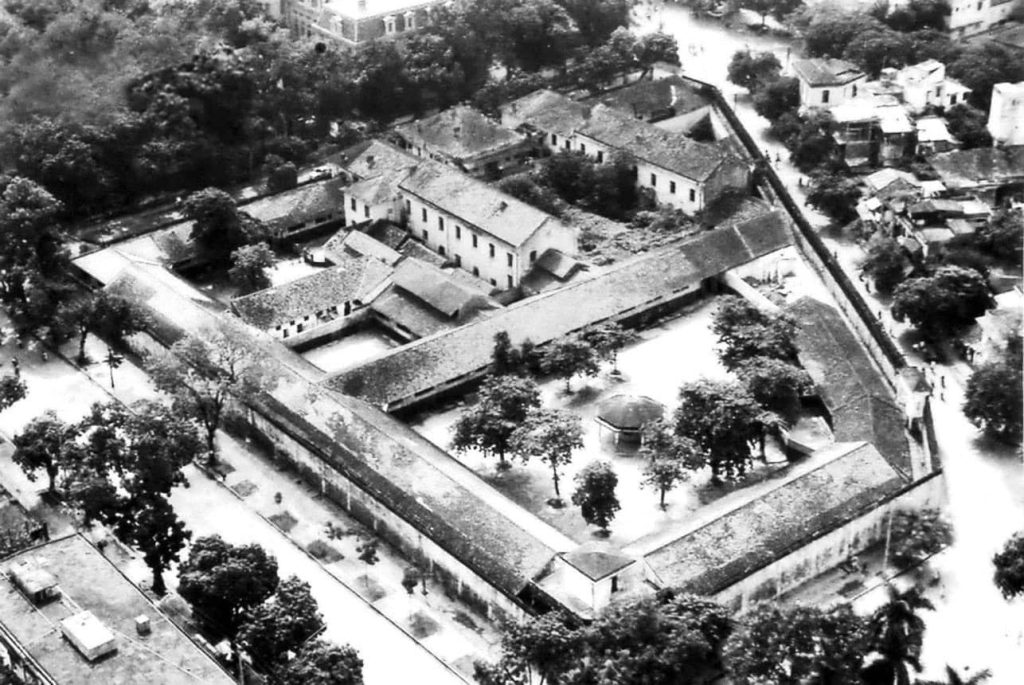
Just few minutes away from Hoan Kiem Lake, Hoa Lo Prison, also known as “Maison Centrale”, is a historical site in the French Quarter of Hanoi. Loosely translated as “hell’s hole”, it was originally built by French colonist in 1896 to house and torture revolutionary Vietnam rebels. Hoa Lo became one of the largest and the most brutal prison complexes in Indochina.
Let’s discover Hanoi by taking a “Sacred Night” tour of historic Hoa Lo prison. The 90-minute journey with light and sound effects takes visitors on a rollercoaster ride of emotions: horror, admiration …
Tran Quoc Pagoda

Tran Quoc Pagoda “The Pagoda of National Defence” is the oldest Buddhist temple built in 541-548, one of top sightseeing attractions in beautiful Hanoi for those who are fascinated by history, local legend and the Buddhist faith.
The highlight of the precinct is the 15m tall tower called Bao Thap (Precious Stupa), which was built with 11 floors. Each floor consists of 6 domed doorways where the Amitabha Buddha statues are placed. On the top of the tower is a precious nine-layers stone lotus. Tran Quoc Pagoda is compared to a small museum of ancient worship statues and priceless antiques.
With a long-standing history, impressive architecture, and remarkable cultural values, Daily Mail newspaper listed Tran Quoc Pagoda among one of the 16 most beautiful pagodas in the world.
The Water Puppet Theatre
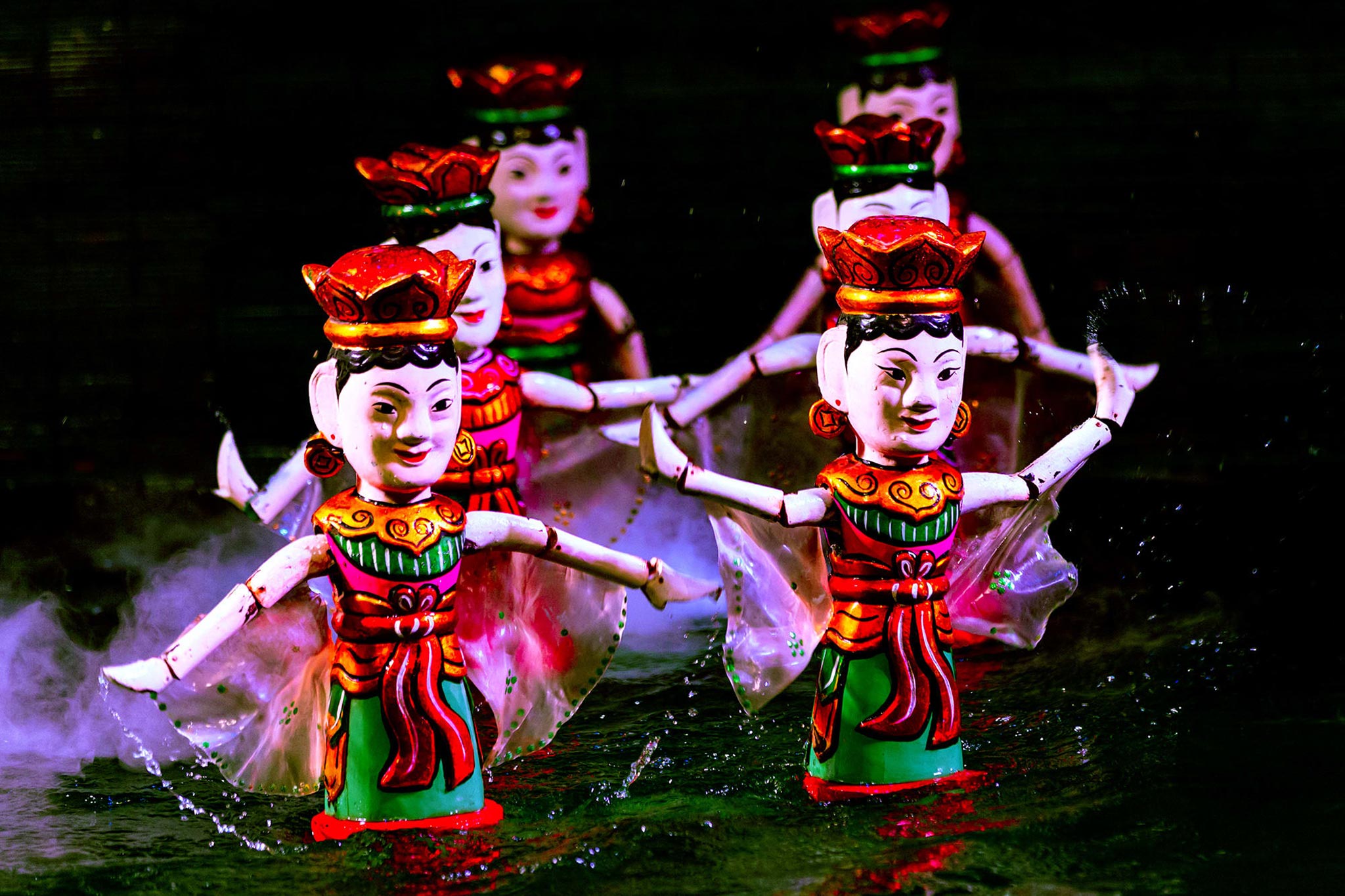
Dating back to the 11th century, water puppet performances are ideal for light entertainment and insight into Vietnamese folklore. Wading around in waist-deep water holding bamboo poles, puppeteers operate the lacquered wooden characters from behind a screen, reenacting scenes from rural village life.

